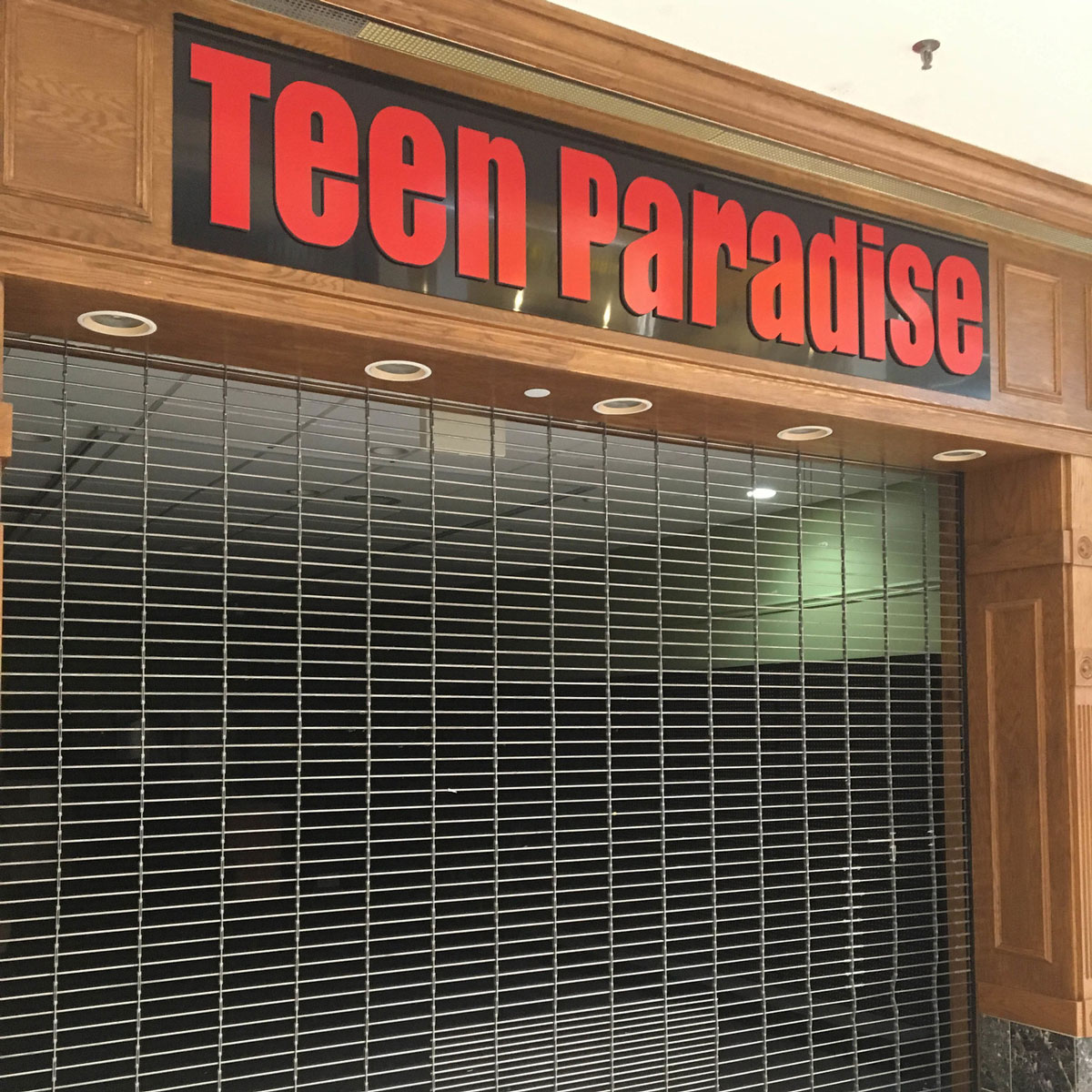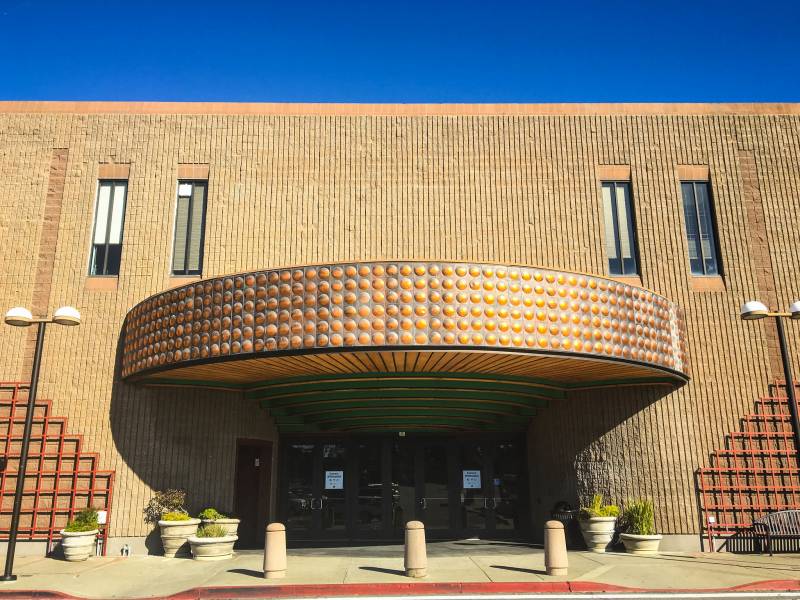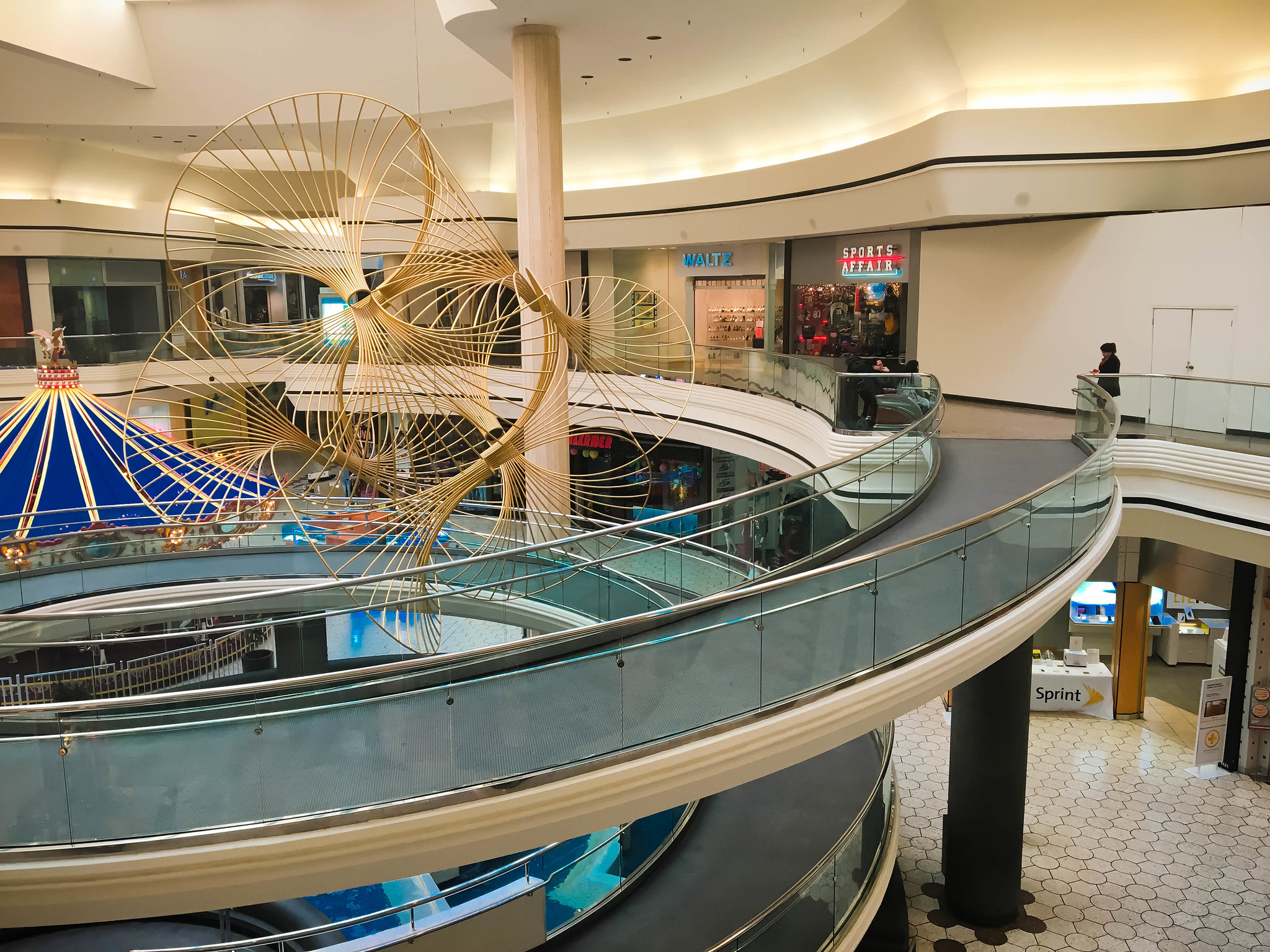After 45 years of service, Richmond’s Hilltop Mall has shuttered for good. No one is surprised. Though many of the original architectural features from its glory days remain–the carpeted spiral ramp in the center rotunda; the abstract, decidedly-’70s, gold sculpture Solar Cantata (so enormous it will take some David Copperfield-level maneuvering to remove); the gurgling fountain full of pennies whose signature dank aquarium smell haunts our nostrils to this day—everything else has changed.
Once a gleaming testament to everything shiny and cool, most of the name-brand stores quietly pulled up stakes and moved away years ago. In their place were generic discount stores with names akin to “Stuff & Things” and “Stuff & Things II.” It felt like there were at least 30 different Sheikh shoe shops. Most everything else was gone. According to the Richmond Standard, as of last summer, only about 16% of the mall’s tenants were retail shops.
Hilltop’s demise is not unique. Experts predict that 25% of America’s roughly 1,000 remaining malls will close in the next three to five years. The coronavirus has only hastened a process that was already well underway. What will come of this swath of empty malls dotting the country isn’t easy to determine. Some are turned into distribution hubs or shifted towards other industrial purposes. In a few best-case scenarios the space has been transformed into housing, medical centers, schools or churches. Many stand empty for years, slowly eroding into disrepair or falling victim to vandalism.

Apart from a half-dozen military recruiting centers, a couple neighborhood businesses moved into Hilltop in recent years, including a barber shop and a martial arts studio, but it wasn’t enough to revive the community atmosphere that once thrived here. Walking through Hilltop any time over the past 10 years, I swear, you could hear wolves howling in the distance. It was desolate, cloaked in an aura of despair. D-E-A-D.
A homegrown meme circulated a few Christmases ago featuring a white Santa Claus at Hilltop Mall. He was wearing a red snapback baseball cap, an untucked white T-shirt, red pants and sneakers. He sat with a young boy at his knee in one of the small circular cement seating corrals, and though a few tufts of cotton balls at his feet did their best to impersonate a winter wonderland, not even the most stubbornly imaginative kid could suspend his disbelief. This Santa didn’t bother with a fur-trimmed red suit or candy canes. He wasn’t flanked by elven helpers. He was a Santa who had given up. The new mall mascot.

For a West Contra Costa County kid growing up in the late ’70s to early ’90s, Hilltop Mall was the spot. There were two movie theaters. There was an ice cream parlor called Scoopy’s with porthole windows that fogged up from the cold air blowing in from the ice skating rink next door. You could get your ears pierced by a disgruntled gay high school boy at Bedazzled and then go upstairs to Shirtique to pick up an iron-on shirt made right in front of you on a press resembling an oversized George Foreman grill. You could check out a row of puppies at the pet store (we didn’t know better), choke on some candle scents at Hallmark, or grab a brick of pizza at Lord Byron’s.



